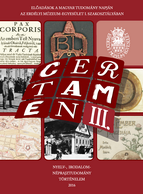
Képmelléklet
List of illustrations to the articles of the following authors: Pozsony Ferenc, T. Szabó Csilla, Tőtős Áron, Ferenczi Szilárd, Wellmann László, Murádin János Kristóf.
More...We kindly inform you that, as long as the subject affiliation of our 300.000+ articles is in progress, you might get unsufficient or no results on your third level or second level search. In this case, please broaden your search criteria.

List of illustrations to the articles of the following authors: Pozsony Ferenc, T. Szabó Csilla, Tőtős Áron, Ferenczi Szilárd, Wellmann László, Murádin János Kristóf.
More...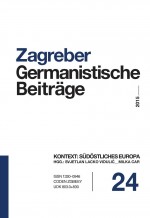
This article presents three dramatics adaptations of the same historic material: the medieval Hungarian aristocrat Bánk (ger. Bancbanus, cro. Benko Bot) appears as the hero in historical plays by the Hungarian author József Katona, German-Austrian Franz Grillparzer and Croatian Franjo Marković. Although these three authors differ greatly in their aesthetic and political positions, they nevertheless share a joint goal: to prompt reflection on the joint (super)national state design against the backdrop of nation building in the Danube Monarchy and the related strengthening of centripetal tendencies.
More...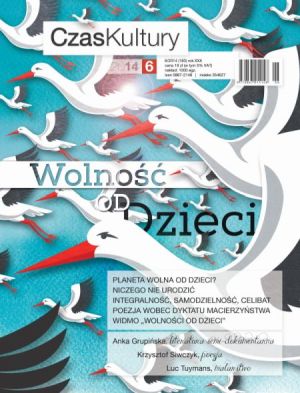
The text is devoted to an analysis of the phenomenon of conversation. The author analyzes two volumes of interviews: Anka Grupińska’s "Still in a Circle", and "Izraeli szellem ma" by János Kőbányai, both of which explore the significance of talking about the Holocaust and the manner in which it can be done. The positions of the two writers demonstrate that on the map of post-Holocaust genres, one of the most important is the interview/conversation, which allows one to view another’s untouchable history and experience it without disturbing it.
More...
One can establish mutual influences in the Renaissance Hungarian and Polish literatures. The influences are due to the personal contacts of humanist poets and thinkers and due to the experience these people got in Poland and Hungary respectively. The literary interactions are manifested in various phenomena: translations, paraphrases, dedications, poems written on special occasions, and Polish and Hungarian topics.
More...
Literary evolution in Hungary and Poland has had very much in common since the very beginning up to the present, but the division into epochs within each national literature has always been considerably different. Political changes played an important part in distinguishing various epochs of Hungarian literary history in the scholarship. Certain scholars combine the historical periods with literary movements or with spiritual movements. In Polish and Slovenian periodization literary movements dominate. The term Enlightenment and Positivism are also current. The latter corresponds to Realism and Naturalism in Hungarian and Slovenian criticism. The period between 1918-1939 does not have a common name in Hungary and Poland, whereas it is referred to as Expressionism and Social Realism in Slovenia. The comparative periodization of literatures in East-Central Europe can make literary scholars’ views more exact in cases when opinions differ in stating time limits for different periods. Such a comparison may contribute to a more thorough understanding of the “phase delays” that may have occured between these literatures.
More...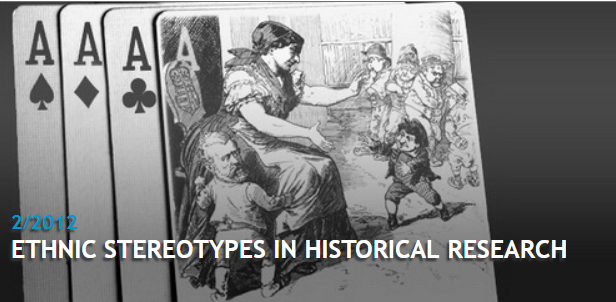
This article deals with the mutual images and stereotypes of Slovaks and Hungarians presented in Czechoslovak, Slovak and Hungarian history textbooks published between 1918 – 1989. The textbooks employed the same principles while creating the image of the Self and the Other. In all cases the authors of the textbooks opted for creating a positive image of their own nation by employing images of its cultural and moral superiority, while the Others were characterized as immoral traitors on a lower degree of civilisational development. Narratives presented in official history textbooks reflect the political agenda, desirable values and the efforts the political elites made in order to create a collective identity of the citizens of the state and to develop the loyalty of subjects to the country they live in. Thus, every change of political regime brings with it the necessity to reinterpret the past and to reconstruct the national history – as such, in which the current state, or the current ambitions and political programs of the elites would be seen as the natural, legitimate and most desirable result of historical development.
More...
In post-communist Central European countries the interpretation of the past is still oftengenerated by myths, self-pity, martyrdom, and the denial of one’ s own fault. Vergangenheitsbewältigung,a conscious, critical examination of the historical past, which is present inGerman language and literature, is almost absent in Hungarian, Slovak, Polish and Czechpolitics, culture, literature and films. The present study deals with cultural and political strategies,applied in films and literary texts of V4 countries, which critically process taboos,related to the national past. The study examines the issue of the historical self-criticism inPolish, Czech (Josef Urban’ s novels Habermannův mlýn – Habermann’ s Mill, 2001 and 7 dníhríchů – The 7 Days of Sin, 2012 and their film adaptations directed by Juraj Herz and JiříChlumský) and Hungarian (Tibor Cseres’ s novel Hideg napok – Cold Days, 1964 and its 1966film adaptation directed by András Kovács) literature and films.
More...
The discourse on the writing of national literary histories is still in progress due to the postcolonial and transnational turn. In the frameworks of these literary theories, the meaning of national has been reshaped by focusing on the territorial, ethnic and language borders of contemporary literature. The theory of literary history writing had to face the issues of defining the phenomenon of migrant, emigrant and minority literature. A new Hungarian book titled Kik vagytok ti? Kötelező magyar irodalom – Újraélesztő könyv (Who Are You? Compulsory Hungarian Literature – A Revitalizing Book) (2019), also evoked a debate concerning the theoretical issues of Hungarian literary history writing. In this debate, not only the author and his critics confronted but also the critics with one another. By analysing the critiques and the author’s answers, the fundamental questions of the national literary history writing can be identified. With this metadiscursive approach, I aim to present the current state of Hungarian national literary history writing focusing on the minority and emigrant literature. I will compare the questions generated by the migrant literature in Finland to the issues emerging in the debate about Hungarian literature. This comparative and metadiscursive approach helps to understand the shaping process of the national literature in the dynamics of canonizations and marginalisation.
More...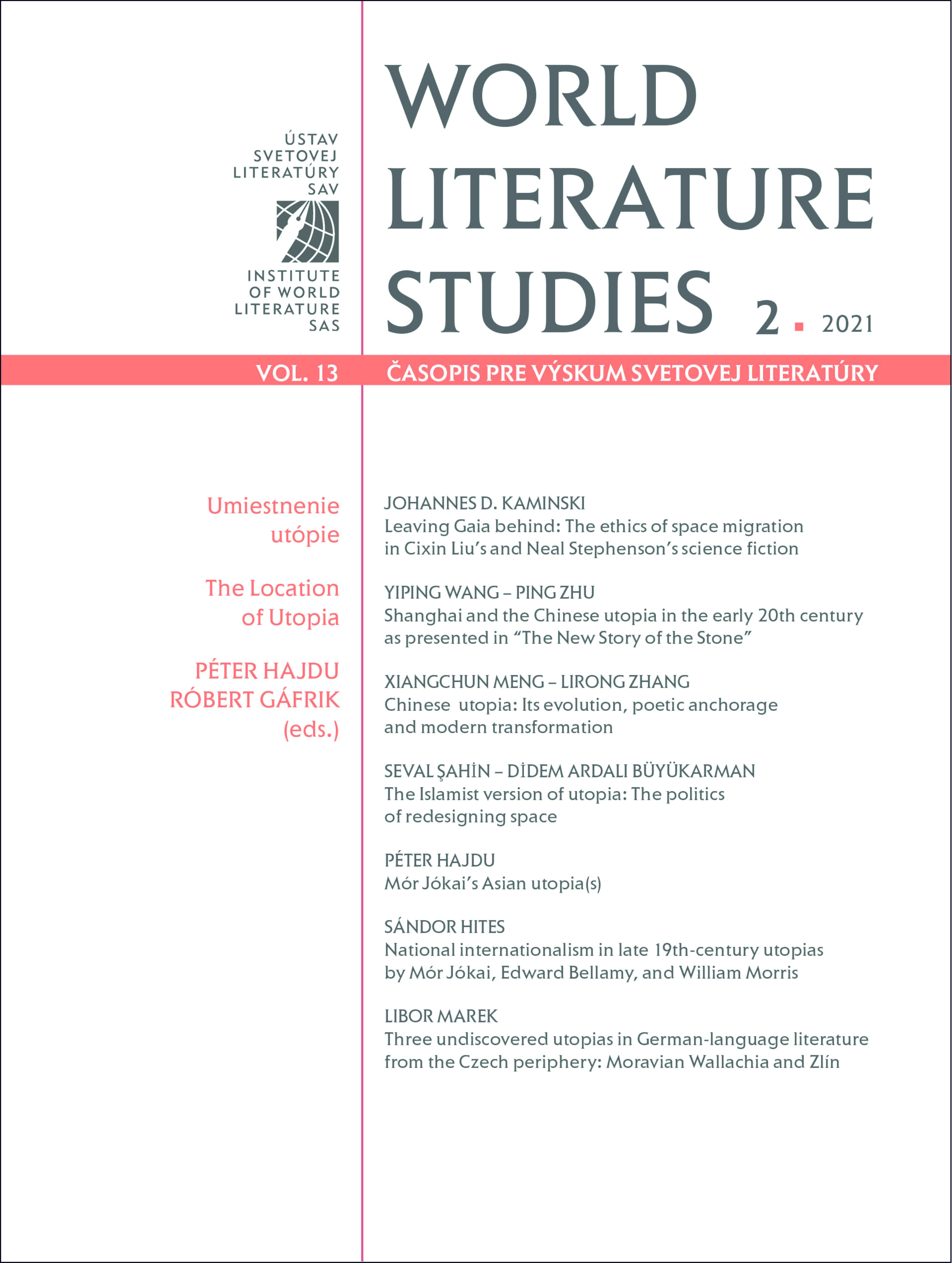
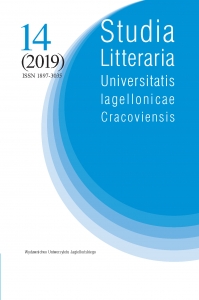
Sándor Kányadi in his poetic cycle Heretic Telegrams enters into an intertextual dialogue with Zbigniew Herbert’s output. This article attempts to interpret those poems which contain an autothematic reflection on literary creation, artistic expression, ways of narrating or the role of a poet in shaping collective consciousness. Kányádi establishes the opposition of fable and novel, presenting them as literary genres belonging to separate traditions, based on different perceptual patterns. These theses are accompanied by direct allusions to Zbigniew Herbert’s works, what naturally leads to the adoption of comparative literary methods.
More...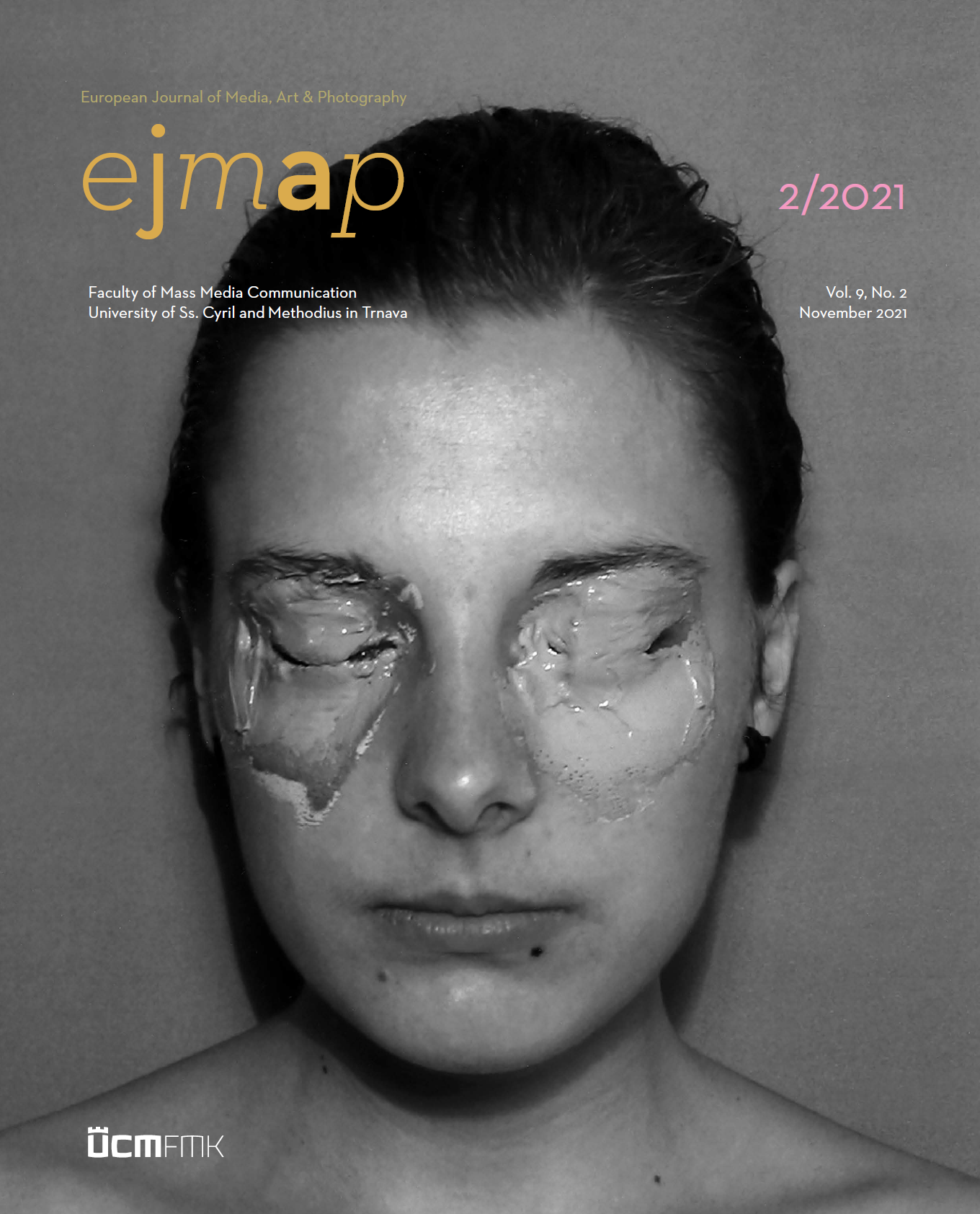
The paper points out the existence of the Slovak poetic word in presentday Hungary. It aims to identify the themes, creative procedures, methods and means of expression used in the Slovak poems by Imrich Fuhl. Based on a methodological basis, it follows the specific attributes of the complex being of the individual in this chronotope. It puts a special emphasis on those poems that are supported by visualization in one way or another inhis two published poetry collections. It characterizes the connection between Fuhl‘s poetry and selected visual concretizations of his texts. In addition, individual prototexts follow not only the intricate fates of a multicultural lyrical subject, but also its natural, universal, specific objectifications. With the gradual interpretation of these forms, Fuhl‘s (at that time natural) youthful temperament is also at the forefront. In such a perception, the poetically depicted – even oxymoronic – world is altered, developed, perfected, but also criticized, dishonoured, reduced: until (in a certain existential and cultural sense of the word) it degenerates. Calligrams, icons, parodies, and visual “materializations” are also mentioned as multidimensional poetic objects of these processes. The contribution also uses specific excerpts from the originals, respectively metatexts of experts in the field, which actually illustrate the way of thinking. The result and contribution of the text is the presentation of generally valid but also specific features of the author and his extraordinary literary work in given geographical and culturalcoordinates.
More...
The article describes the development of Soviet and Hungarian science fiction (SF) in connection with the scientific and technical achievements as well as ideological changes in the USSR and Hungary. SF is considered as a literary genre with utopian and dystopian elements and as a form of socio-philosophical reflection in the context of social imagination. The research is focused on identifying both general aspects of the development of SF literature and related institutions (magazines, amateur associations) in the USSR and Hungary, and the specifics of their existence in these countries.
More...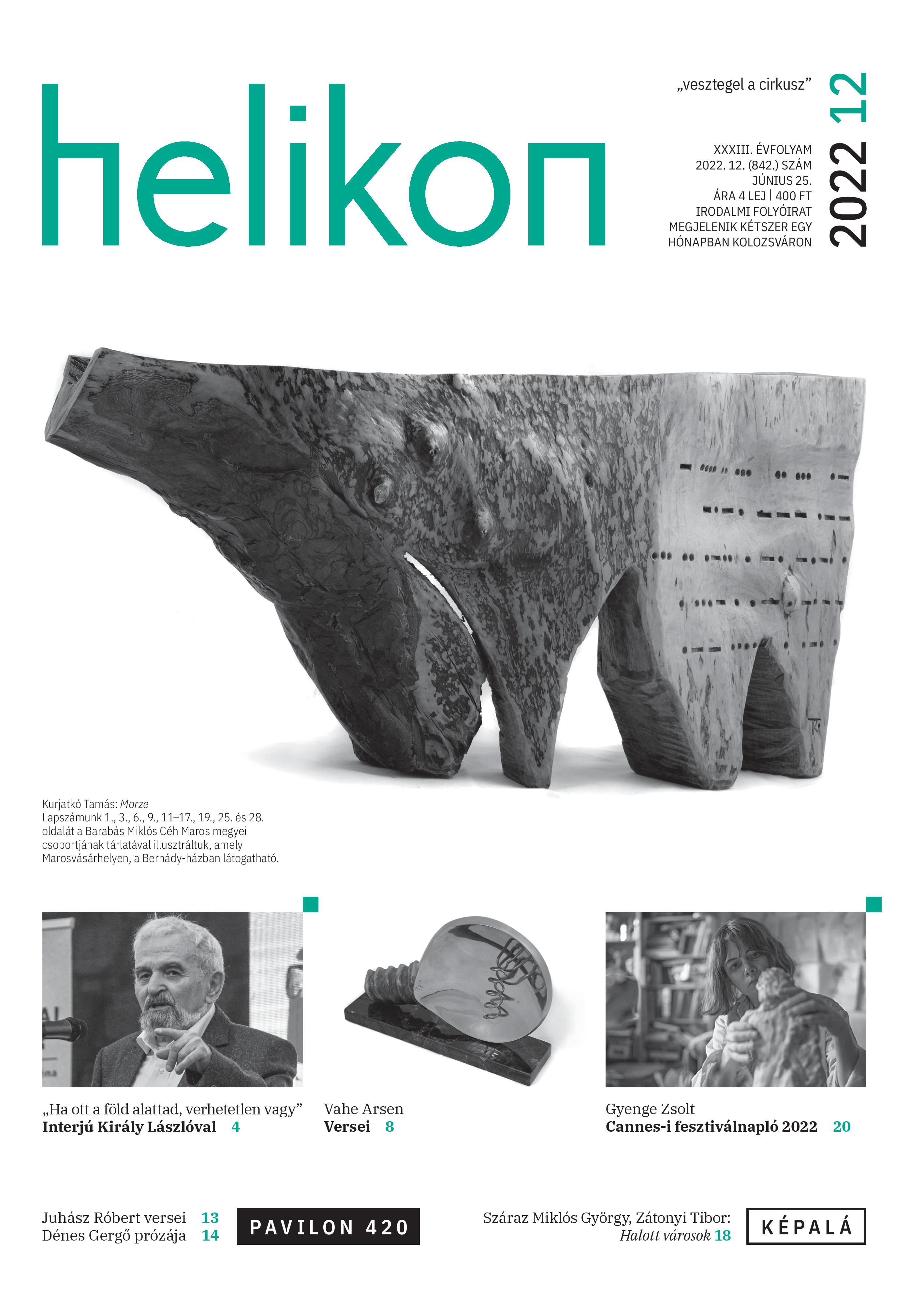
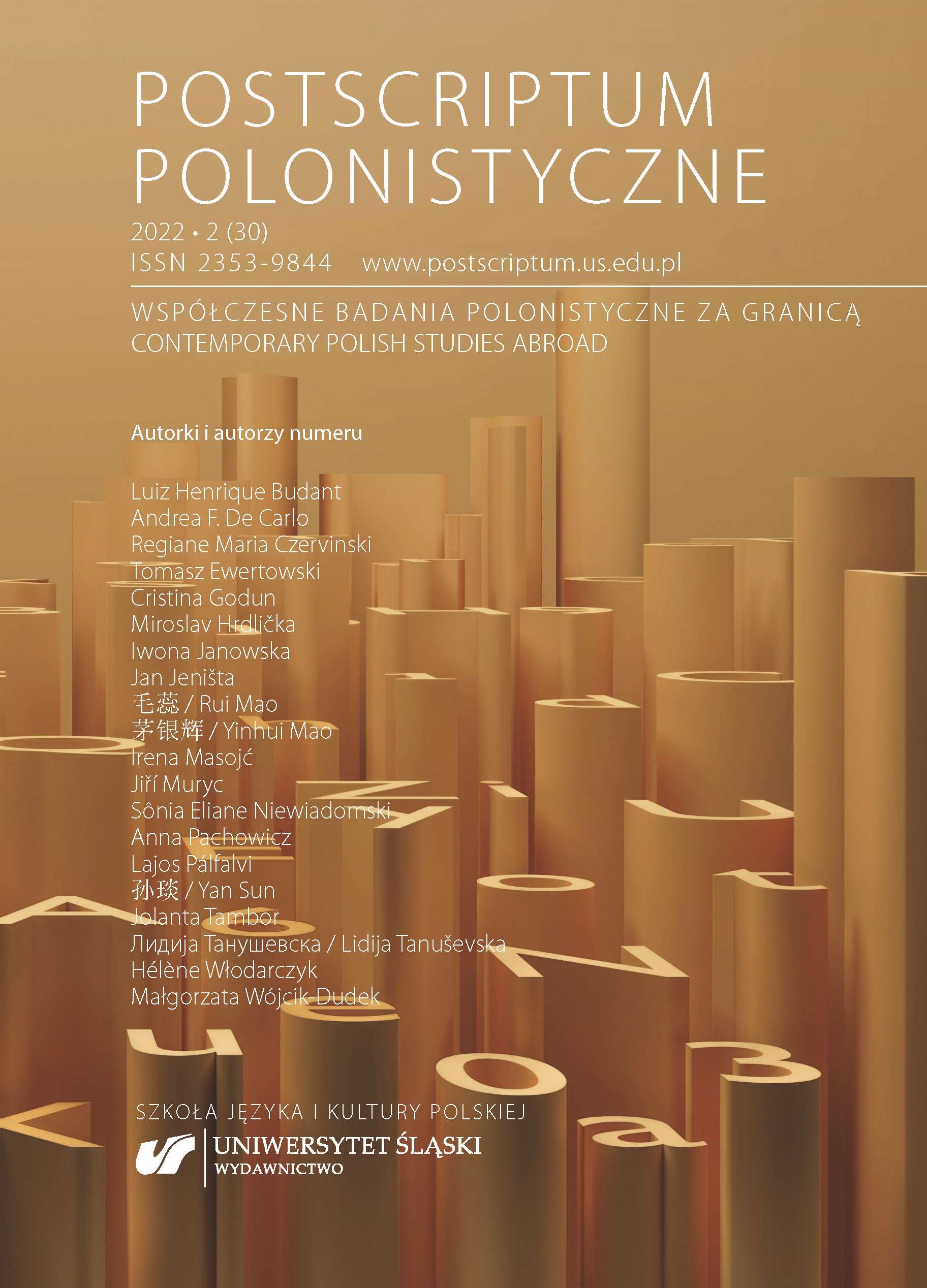
In the interwar period (1918–1939), prior to the development of the comparative literature discipline, the most important Polish authors would be included in the canon of world literature in studies published in Hungary. Mihály Babits’s great synthesis, Az európai irodalom története [History of European Literature], only includes the names of Adam Mickiewicz and Henryk Sienkiewicz (without stating the titles of their works), because Babits divided the individual national literatures into “major” and “minor” ones, and considered both Polish and Hungarian literature to belong to the latter group. In turn, Antal Szerb, author of the still popular A világirodalom története [History of World Literature], described Polish Romanticism competently in a separate subsection and provided a brief summary of the earlier periods. In his opinion, Polish and Hungarian literature developed parallel to each other, and during the Renaissance both literatures produced poetry at the highest level in the respective national languages. The researcher was convinced that not only were certain periods and individual authors “astonishingly similar”, but that the entire history of both literatures was built on similar principles. In the following decades, data was collected on Polish-Hungarian contacts, focusing on reception and imagology. Factual material was collected confirming Polish-Hungarian literary contacts in the spirit of positivist literary science. Thanks to Endre Bojtár’s many years of systematic work, Central European comparative literature established itself at the Institute for Literary Studies of Hungarian Academy of Sciences. Bojtár contributed to a paradigm shift, with a new category of Central European literature emerging between world literature and Hungarian literature. Another researcher, György Spiró, also worked in the field of regional comparative literature, and compiled a history of drama “from the Enlightenment to Wyspiański’s synthesis”. Not so long ago, in the 1980s, leading Hungarian prose writers such as Péter Esterházy and Péter Nádas, avidly read and commented on the works of Witold Gombrowicz, among others, but subsequent generations lost contact with Polish literature.
More...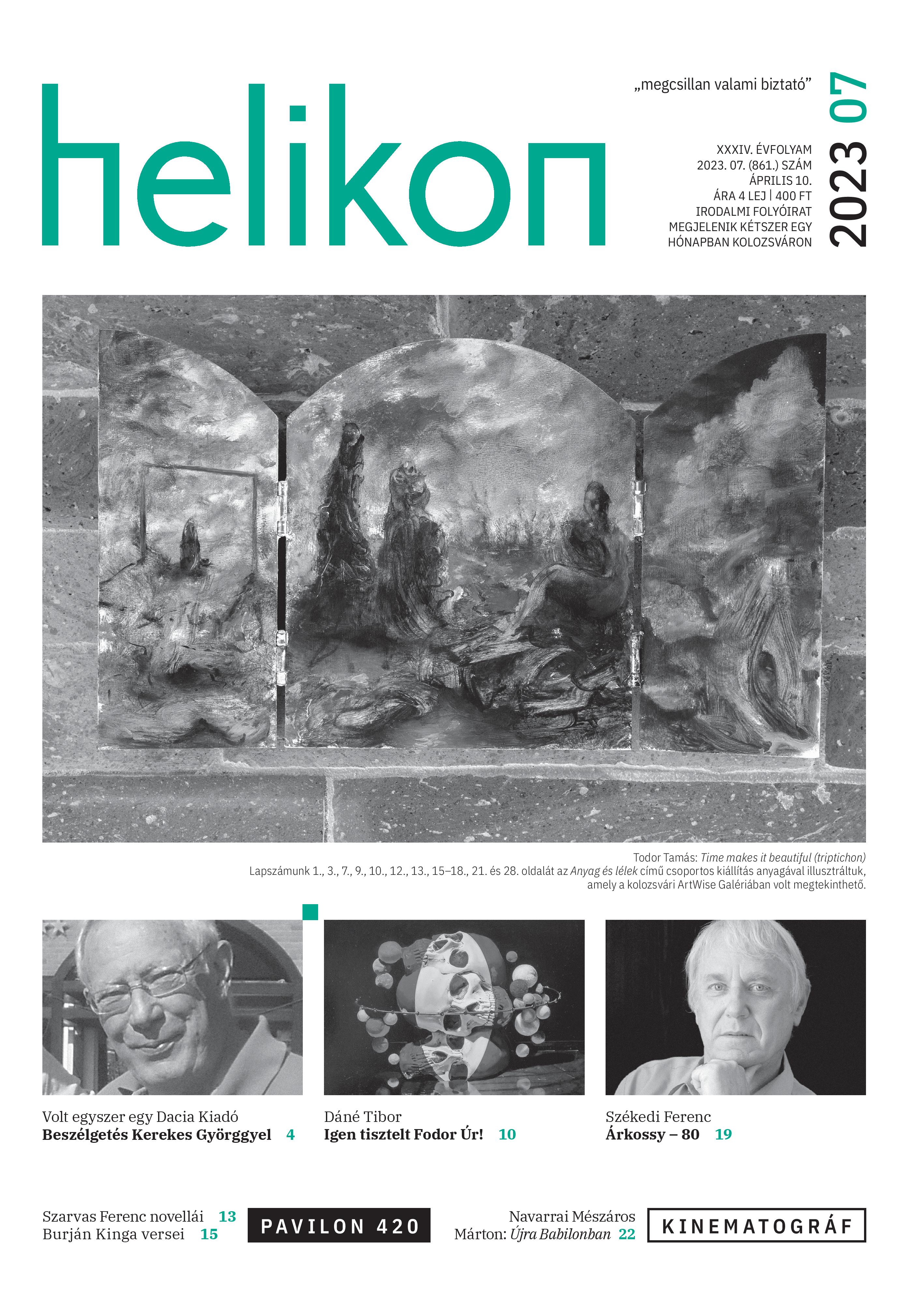
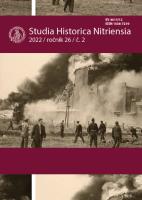
The oldest known Hungarian language monument called Funeral Sermon and Prayer (Halotti beszéd és könyörgés) has earned exceptional respect in the field of Hungarian culture and historiography, and a wider team of authors has sought to analyze and interpret it, however, the source bypassed the attention of the Slovak historical community. Funeral speeches in the European area at the time of the 12th century were still rare also in Latin, not only in the national languages. The central motif was based on the findings of Chapter 3 of the Book of Genesis, where God forbade Adam and Eve to eat the fruit of the tree in the middle of the garden. Because they broke their promise, they brought death to the human race. In addition to God, the Devil, Adam and Eve, the figures of the Virgin Mary, St. Peter, the Archangel Michael, the angels and Abraham, Isaac and Jacob were also mentioned. From the New Testament writings, there is also an allusion to the Gospel according to Matthew. The topic contains a transcript and a Slovak translation not only of the Hungarian version, but of the Latin original too, from which it follows that the original author also operated with references to the work of the Prophet Ezekiel or the work of St. Paul. The Funeral Sermon and Prayer is at least unique from the point of view of medieval Hungary, because expansion of funeral speeches and their publication was more common in the period from the 16th to the 18th century.
More...
The natural elements of inhabited areas often shape people’s lifestyles, psychology and worldviews, influencing their moods, decisions and actions. Rivers in particular are often associated with the historical development of human relationships and the emergence of settlements and urban life. This paper explores the representations of the Danube in four contemporary novels by Hungarian authors or set in Hungary: The White King (2008) by György Dragomán, Train to Budapest (2008) by Dacia Maraini, Under Budapest (2013) by Ailsa Kay and Los Amantes Bajo el Danubio (2016) by Federico Andahazi. The aim of this analysis is to show how the river operates as a framework of “liquid modernity” (Bauman, 2000) in each of these works, it has a representative power of its own and determines people’s destinies and human relationships in heterogeneous cultural contexts. It functions both as a natural backdrop for historical events and as a means of expressing and conveying emotions, creating a transnational political identity that is both socio-cultural and deeply intimate.
More...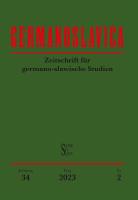
The study traces the sources of the orst Croatian Protestant hymnal edited by the Lutheran priest Grgur Mekini in 1609 and 1611 and intended for parishes in the Austro- Hungarian border region. It depends for more than 90% on hymnaries compiled in Nuremberg around 1600, but to a small amount also on the Hungarian book of hymns published by Imre Újfalvi in 1602, and avoids any theologically controversial issue between Lutherans and the Reformed Churches. The authors of the texts are mainly Protestants from Saxony, Brandenburg and Bohemia, namely Martin luther, Michael Weisse, Nikolaus herman and Johann habermann. The translations aim orst of all at rendering the originals in the most exact and understandable form, while aesthetics play only a minor role.
More...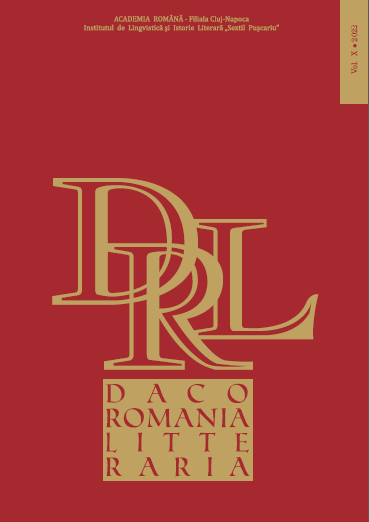
The study underscores the conversions in violence concepts textualized in eight Hungarian-speaking peasant women’s life narratives. By addressing the central questions of violence against peasant women, the examination provides a path toward including the rural as a geographic and socio-cultural dimension in the studies of women’s writing. In this corpus of marginalized counter-histories, two main types of abuse were scrutinised: sexual and physical violence against wives. Breaking with the social and community norms, these rural women textualized and publicized their stories of abuse and moved beyond the stigmatizing efforts of patriarchal society. I examine these accounts of violence as coping strategies that transform former victims into actors. Based on the concepts of resilience and agency, I attempt to disentangle the stories of women who have experienced domestic violence from the framework of indescribability and shame by suggesting a possible approach beyond taboo and stigma.
More...
The study deals with poetry collections, two Hungarian, one Czech and one Croatian, which were written in the second half of the thirties of the 20th century. The considered collections of György Faludy, János Erdődy, Vítězslav Nezval and Miroslav Krleža pose the problem of authorship, represent masked poetry, construct other people’s roles (Villon, Petrica Kerempuh) and use a pseudonym (Robert David). The aforementioned four collections are also interesting from the point of view of the Central European reception of Villon and the genre tradition of the French ballad with which they are directly or indirectly connected. From the point of view of left-wing political poetry, the collections can also be considered top productions. In the case of researching the relationship between the authors and their masks, it is inevitable to analyze the poetic appearance of apostrophes and the phenomenalization of poetic voices.
More...